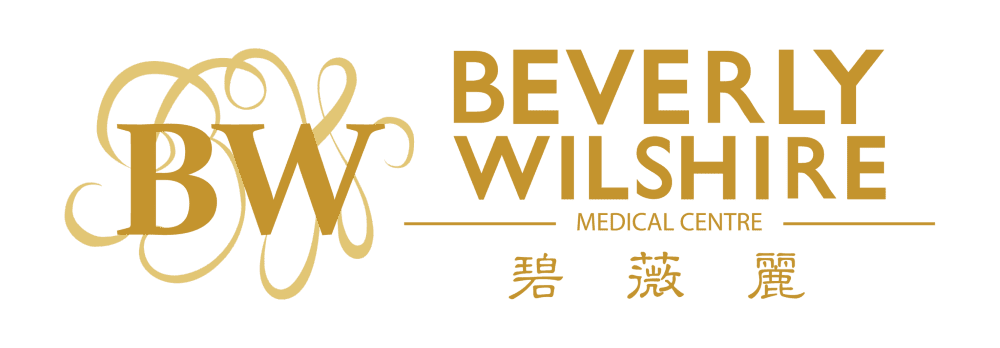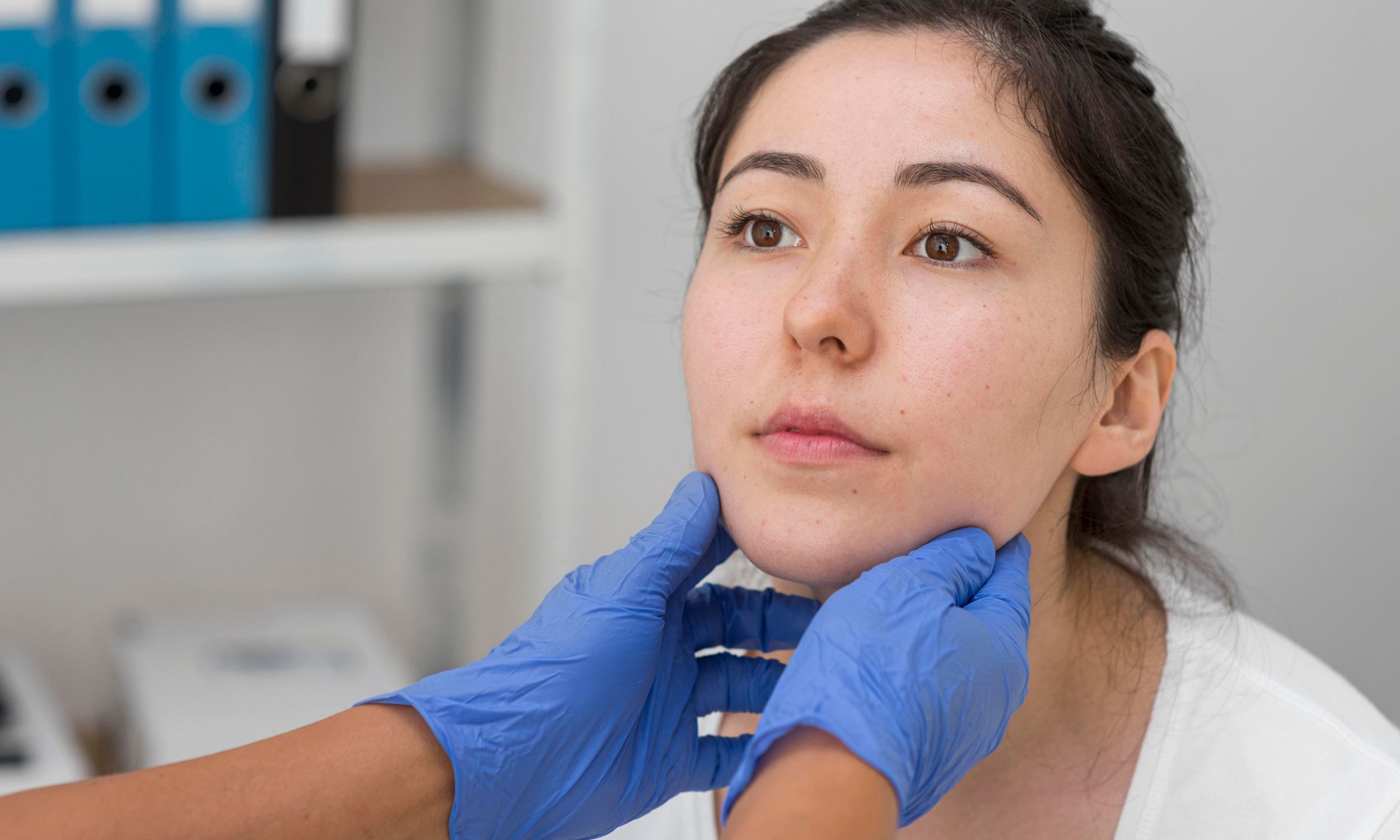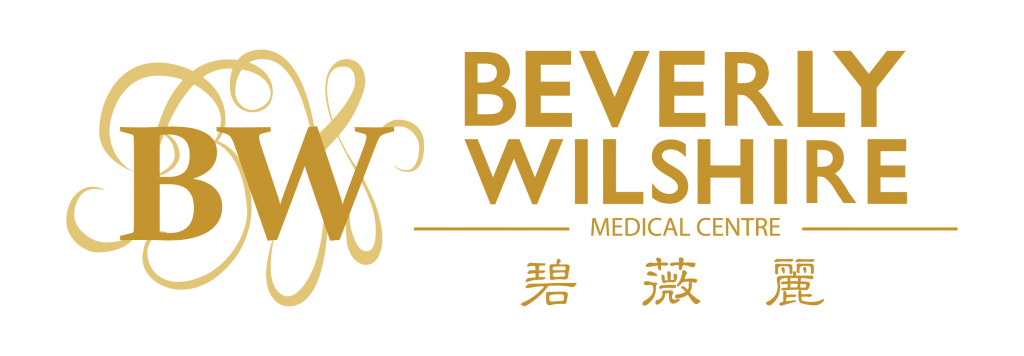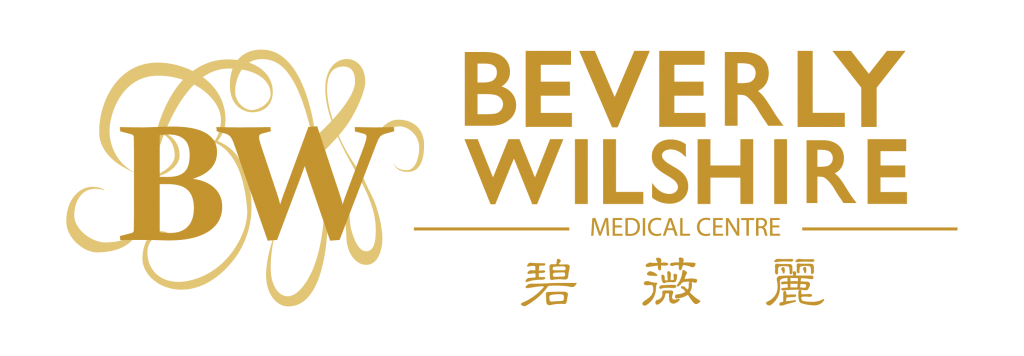Complete Guide to Facelifts at Beverly Wilshire Medical Centre
Beverly Wilshire Medical Centre (BWMC) in Kuala Lumpur, Malaysia, is well known for its advanced aesthetic surgery. The centre provides extra attention to facial rejuvenation, making facelifts one of its top services. At BWMC, patients can pick between complete surgical lifts and lighter, non-surgical approaches. Each journey starts with a heart-to-heart chat with a board-certified surgeon, making sure every recommendation fits the patient’s unique skin, goals, and lifestyle. This guide is a boxed reference, bundling know-how from BWMC.
We’ll unpack treatments from traditional rhytidectomy—what most of us mean when saying a facelift—right to quick in-clinic lifts using bars of thread material, and even gentler non-invasive tricks. The idea is that cosmetic surgery doesn’t have to feel like a mystery. Each section answers the basic questions, starting with the “what,” then the “how,” and finally the “why you might choose this approach.” Armed with this information, future patients can walk into BWMC ready to tweak, test, and finally seal the plan that turns tired into terrific—while keeping that signature natural glow.
Types of Machines Used in Facelifts
At Beverly Wilshire Medical Centre (BWMC) in Kuala Lumpur, Malaysia, high-tech equipment is the secret to powerful non-surgical facelifts. Patients can tackle sagging skin, fine lines, and other signs of aging without going under the knife. Rather than scalpels and sutures, traditional facelifts lift deep tissues and tighten the SMAS (superficial musculoaponeurotic system) through surgical techniques. BWMC offers a more gentle solution. Their non-invasive treatments use state-of-the-art machines that kick-start collagen production, giving skin a lifted and youthful look with very little recovery time. Every device is programmed and run by BWMC’s board-certified specialists, who personalize each treatment to match the skin type and goals of the patient. This scored by the expert team not only maximizes results, but also keeps safety a top priority. Below are the main machines that power BWMC’s non-surgical facelift and a quick look at how they work and what they can achieve.
1. Ultherapy for Firming Skin at BWMC
At BWMC, we offer Ultherapy, the FDA-cleared High-Intensity Focused Ultrasound (HIFU) device, for lifting and firming the face and neck. Ultherapy directs ultrasound energy right to the deeper skin layers, reaching the SMAS (Superficial Muscular Aponeurotic System) at depths between 1.5mm to 4.5mm. Since the skin’s surface stays cool, tissue beneath the skin gets hot enough to jump-start collagen production. Over the following months, new collagen creates a lifting and tightening effect across the face, neck, chin, and brow.
This equipment suits people with mild to moderate sagging, fine lines, or wrinkles who want a result between a good skincare routine and a facelift, without the commitment of surgery. Clients feel a brief warming sensation but report minimal to mild discomfort. No special prep, sedation, or downtime is required, so people often resume normal activities right after treatment. The tightening continues to improve for 2 to 3 months, and the uplifted look can last 1 to 2 years with minimal maintenance needed.
Our surgeons use live ultrasound pictures during the whole treatment to make sure the energy hits the right deeper layers without missing, so each result feels uniquely “you.” The high-precision mapping creates a firming effect tailored to your face’s and neck’s natural curves and contours, giving the result the beauty of a natural lift.
2. Thermage: How It Works
Thermage is a quick, non-surgical treatment that uses radiofrequency (RF) energy to gently heat the skin layers, causing the collagen to tighten and wake up the skin to create new, youthful collagen. If you’re starting to notice the first signs of aging, like tight skin or a few fine lines, this is a great solution. It works so well that it’s often used together with a thread lift for an extra boost. The entire treatment takes about an hour for the face and neck. You may see a tiny bit of redness right after, but that fades fast. Most people can jump back into their day with no downtime. The results grow stronger over weeks and can last up to a year or two. At BWMC, our Thermage experts look over your skin to create a plan that fits perfectly, enhancing whatever you’re already doing for total facial rejuvenation.
3. Exilis device
BWMC pairs radiofrequency with ultrasound energy through the Exilis device, firming and shaping skin by reaching multiple layers at once. The treatment boosts collagen and elastin, helping skin appear denser and tighter. Shallow droop and undefined jawline improve, making it a gentle final touch after surgery or a stand-alone lift for people wanting discreet, additive change. The painless, outpatient service comes with zero downtime and can be scheduled every one to two weeks for the best final look. Everyone’s plan is tweaked by skin condition and goals, so Exilis fits smoothly with fillers, lights and other BWMC options.
Anyone curious about a nonsurgical facelift can simply ask to feel how Ultherapy or Thermage work on a clean side of the neck during their consultation. A speedy trial lets patients judge warmth, motion, and the look the machines are able to create, helping imaginations match the device’s technique. This blend of high-tech equipment and artisan skill lets BWMC deliver lifts, soft or firm, that are simultaneously effective and discreet, empowering each person to adapt naturally.
What Is the Best Facelift Procedure?
The “right” facelift choice at BWMC is rarely one-size-fits-all; the best fit is shaped during your consultation. Your age, skin stiffness, personal goals, and daily routine all play a part. No option shines above the rest, so BWMC suggests starting with a surgeon’s evaluation. That step lines up your wish list with the approach that carries the least risk and the greatest chance of a satisfying result.
- Traditional (SMAS) Facelift: This is the go-to for moderate to severe sagging. It tightens the deeper muscles to reshape lower-face contours, with results that can last a decade.
Pros: Offers broad renewal of the jaw lines and neck, with a result that looks convincingly natural.
Cons: Longer recovery; best for people prepared for surgery.
- Mini Facelift (S-Lift): This is perfect for mild drooping in the jowls and lower face. It uses shorter incisions and shorter anesthesia for softer lifts.
Pros: Quick recovery; contours remain natural; a smaller operation.
Cons: Does not reverse advanced aging. - Mid-Facelift: This is for the part of the face that wants volume the most: the cheeks and the lines that frame the nose. It lifts the mid-face without a full operation.
Pros: Focuses on one area to give it youthful volume.
Cons: Does not improve the jaw and neck. - Non-Surgical Choices (e.g., Thread Lift or Ultherapy): These fit people with a thin layer of droop or anyone who wants to skip a blade. Thread lifts insert dissolving threads for instant lift, while Ultherapy uses ultrasound to coax tightness over months.
Pros: Minimal downtime (many go back to chores the same day); both methods prompt ongoing collagen growth.
Cons: Effects last 1 to 3 years and do not touch severe laxity.
BWMC Recommendation: Team up treatments for a full refresh—think facelift along with fat transfer or eyelid surgery in one visit. Starting with a gentle, non-invasive procedure for a younger crowd is often the smart play. When the goal is staying power, surgery can still step in later.
Handy Guide: Budget and recovery can sway the decision. Ultherapy will set you back about RM 3,000 to RM 15,000, while a Thread Lift kicks off at RM 3,800. Chat with BWMC surgeons to map out a plan that ticks all your boxes.
Can a Facelift Go Wrong?
Like any surgery, a facelift does involve some risk, but at BWMC, certified surgeons work in sterile settings and meet with patients at length beforehand to reduce these risks as much as possible. Problems are uncommon, especially in accredited centers, but knowing what to expect ahead of time helps everyone stay on the same page.
Here are potential issues you could face, regardless of the surgery you select:
- Surgical: bleeding, infection, scarring, issues with anesthesia, hematoma, nerve damage, and sometimes, asymmetry.
- Non-Surgical (such as thread lift): skin irritation, a few visible sutures, mild swelling, and very rarely, infection (which can almost always be solved by removing the thread).
- Ultherapy: usually, just temporary redness or tingling, and no major worries.
Hazard numbers can jump if you go to a center that isn’t LCP-certified (which tracks hygiene, staffing, and education). Neglect or inexperienced staff can bring on unwanted reactions.
BWMC cuts risk with board-certified surgeons who check your health status before surgery and meet with you again afterwards. Non-invasive thread lifts leave almost no scarring, and swelling and bruising are usually minor.
Here’s a quick to-do: if you have ongoing health issues, consider skipping the procedure until things are under control. Always share your complete health history so the team can tailor the plans around you. And if you notice anything unusual once you go home, call for advice right away to keep your care on the right track.
How Is a Facelift Done?
Facelift procedures at BWMC vary by type, but all prioritize safety and natural outcomes. Surgical options involve anesthesia and incisions, while non-surgical are outpatient with local numbing.
- Traditional Surgical Facelift:
- Consultation and prep: Assess skin, mark areas; administer anesthesia.
- Incisions: Along hairline or ears to access SMAS layer.
- Tightening: Lift and reposition tissues, remove excess skin/fat.
- Closure: Sutures; may include drains.
- Related Steps: Often combined with fat transfer (harvest fat, inject into cheeks) or buccal fat removal (intraoral incision to sculpt cheeks).
- Thread Lift (Non-Surgical):
- Numbing: Apply cream for 20-30 minutes.
- Marking and Insertion: Insert needle under skin, deposit PDO/PLLA/PCL threads, tug to lift.
- Completion: Withdraw needle; effects immediate, collagen boosts over time (procedure: ~1 hour).
- Ultherapy (Non-Invasive):
- Targeting: Use ultrasound to visualize and deliver energy to deep layers.
- Treatment: Focused waves stimulate collagen; no incisions (session: 30-90 minutes).
- Post: Immediate resume activities.
- Useful Tip: Procedures last 1-4 hours; BWMC uses advanced imaging for precision.
What Do I Need to Know About Facelifts?
If you’re thinking about a procedure with BWMC, there are a few key things you should know ahead of time to help you get the best, longest-lasting results.
- Preparation: Book your one-on-one consultation to clarify your goals, go over your medical history, and explore the best options. It’s time to quit smoking and to pause any blood thinners, and you should line up someone to help you at home afterward.
- Expectations: The surgery will restore a more youthful look, but it won’t freeze the natural aging process. Surgical options usually keep results for years, while non-surgical treatments will need boosters. The focus is on improving appearance, not changing your essential features.
- Recovery:
- Surgical: The healing may stretch from weeks to a couple of months. Expect some swelling and bruising. Steer clear of lifting or any strenuous workouts.
- Non-surgical: You’ll only need a couple of days to feel back to normal. Sleep with your head elevated, and simply wash your face with a gentle cleanser.
- Surgical: The healing may stretch from weeks to a couple of months. Expect some swelling and bruising. Steer clear of lifting or any strenuous workouts.
- Cost and Duration: Pricing will vary—think of a full facelift landing around RM 41,300—and the results typically last from 1 to 10 years based on the technique you choose.
- Maintenance: Pair your results with a good skincare regimen, a few Botox or filler touch-ups, and routine check-ins at BWMC so any slight changes can be monitored.
Pro Tip: To keep that fresh look, thoughtful sun protection should become a daily habit. This procedure is best for healthy individuals who want a slight lift in their overall appearance while also making other positive lifestyle changes.
Who Is a Good Candidate for a Facelift?
Finding the right fit for facelift surgery at BWMC happens early, right during the consultation, to keep everything safe and comfortable for patients. We look for people who are in good health and notice aging changes that have become more obvious. The goal is to achieve a natural, refreshed look, without hoping for an unrealistic transformation.
Who Makes a Good Candidate?
- The patient is usually between 40 and 60 years old.
- Drooping cheeks, pronounced creases under the eyes, deep nasolabial folds, sagging jowls, or a double chin are common concerns.
- Non-smokers whose bodies and minds are fit for surgery, and who have a sensible understanding of what the surgery can and can’t do, stand the best chance.
Who is Not Eligible?
- Serious health issues like major heart problems or bleeding tendencies.
- Patients who smoke regularly.
- Those who imagine a completely different appearance rather than a subtle, more youthful version.
BWMC’s Evaluation Process
- The surgeon looks at skin tightness, bone structure, and current health to steer a patient toward either a facelift or a procedure like a minimally invasive lift.
Quick Tip
Patients in their 30s or 40s who notice only very light aging changes can often benefit from treatments like Ultherapy. A simple consultation will clarify whether they can proceed safely.
Preparation and Consultation for Facelift
Preparation for your procedure kicks off with a required BWMC consultation. This first step makes sure you get the information you need, the plan you actually want, and the risks are kept as low as possible, all while keeping your personal goals in focus.
- Why the Consultation Matters: During the meeting, you share your worries, goals, medical history, and what you want the outcome to look like. The surgeon listens, customizes the plan, checks if you’re a good candidate, and goes over risks and benefits so nothing is left unclear.
- What to Bring and Ask: Show photos of what you hope to achieve, jot down questions about healing time, price, and anything else on your mind. List any past surgeries, reveal daily habits, and let the team know if you use blood thinners. You’ll also look at budget and find a timeline that fits your life.
- Next Steps Before the Procedure: Kick the smoking habit at least two weeks in advance, stop aspirin and blood thinners, and set up a ride home or someone to help you for the first day or two. You might need lab tests to help the team plan your care.
Being upfront at the chat means a smoother outcome, and if you research the procedure first, you and your team are already on the same page about the results you want.
Facelift Recovery Timeline and Aftercare
Recovery time differs based on whether you choose a surgical or non-surgical facelift. At BWMC, we create a clear plan so you can heal without surprises. Surgical lifts take the longest, while non-surgical ones let you bounce back almost right away.
What the Timeline Looks Like
- Immediate (Day 1 to 1 Week): This is when swelling and bruising reach their peak. Use pain meds as prescribed and take it easy. A short walk around the block is okay. Come in for a follow-up to check for swelling.
- Weeks 2 to 3: Swelling and bruising will start to fade; you can cover any spots with makeup. You can add light errands to your to-do list.
- Weeks 4 to 6: Most swelling is to gone and color on the face is returning. Scars start to lighten, and you can go back to your normal workout and beauty routines. A final symmetry check with your surgeon is key.
- Months 3 to 6 and Beyond: Full results will show. The scars will continue to fade, and you can fully enjoy your renewed look.
Simple Aftercare Tricks
Keep your head a bit elevated on pillows, and use cold cloths on sore spots. Clean any small cuts the way we teach you, stay out of bright sun, and don’t run or lift heavy weights.
Handling Common Side Effects
If you feel discomfort, pain meds can help; let us know if you feel hard swelling or a fever. Call BWMC right away.
Extra Tip
Everyone heals at a different pace, so plan to take 2 to 4 weeks off for any surgical procedure. Ask a family member or friend to help you for a few days—you will heal faster with a little support.
Costs and Financing Options for Facelifts
Costs at BWMC depend on procedure type, complexity, and combinations, offering value through experienced surgeons and advanced care. Prices are competitive in Malaysia, often lower than international options.
| Procedure | Approximate Cost (RM) | Notes |
|---|---|---|
| Traditional Facelift | 30,700 – 41,500 | Includes surgical fees; varies by extent. |
| Thread Lift | Starting from 3,800 | Non-surgical; per area. |
| Ultherapy | 3,000 – 15,000 | Non-invasive; depends on treatment zones. |
| Mini/Mid-Facelift | Varies (similar to traditional) | Customized; consult for quote. |
- Financing: BWMC may offer installment plans or partnerships with banks; discuss during consultation. Costs cover pre/post-care but exclude additional procedures.
- Useful Tip: Factor in travel/accommodation if from abroad; non-surgical options are more budget-friendly for starters.
Combining Facelifts with Other Procedures
At BWMC, our surgeons know that to turn back the clock on the face, a facelift alone often isn’t enough anymore. That’s why we usually suggest pairing the lift with other rejuvenating treatments that tackle different signs of aging all at once.
Popular options include a facelift plus a brow lift to smooth the forehead, eyelid surgery (blepharoplasty) to refresh tired-looking eyes, fat transfer to plump hollows in the cheeks or temples, or buccal fat removal for a more sculpted jawline.
- Why choose the combo? You get balanced, harmonious results, the convenience of a single recovery, and a look that feels more naturally youthful.
- Who’s a fit? Patients with more than one area of concern generally suit these plans. Your team will make sure the additions won’t overcrowd the surgical map.
Pro tip: Book a comprehensive facial analysis at BWMC first. That way, we can suggest small, preventive touches, like fillers or Botox, to keep the enhance-playbook current.
Conclusion
At Beverly Wilshire Medical Centre, our facelifts combine top-tier surgical know-how with cutting-edge non-invasive technology, giving you powerful tools to fight age signs with confidence. This guide walks you through the different facelift options, what to expect, recovery tips, and average costs, all reflecting our promise to deliver personalized, natural results that enhance your self-esteem and energy. No matter if you lean toward the tried-and-true SMAS lift or the speedy thread lift, success hinges on clear consultations and keeping goals realistic. Ready to see a fresher you? Book your free consultation with us today—your path to graceful aging begins right now. Always choose accredited experts like BWMC for life-changing results backed by a proud track record.



